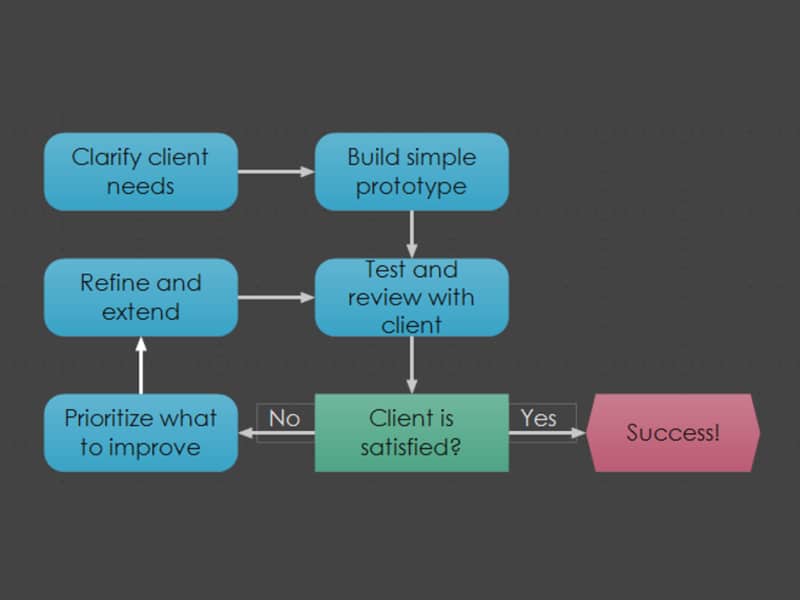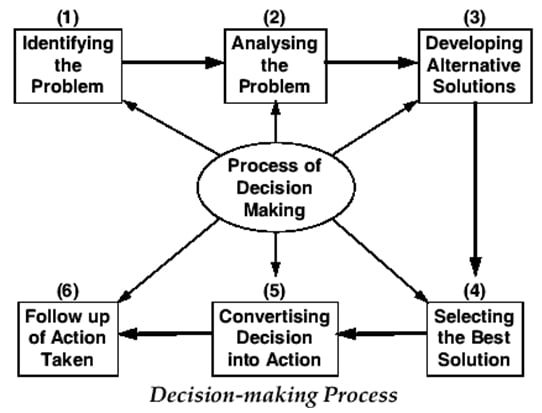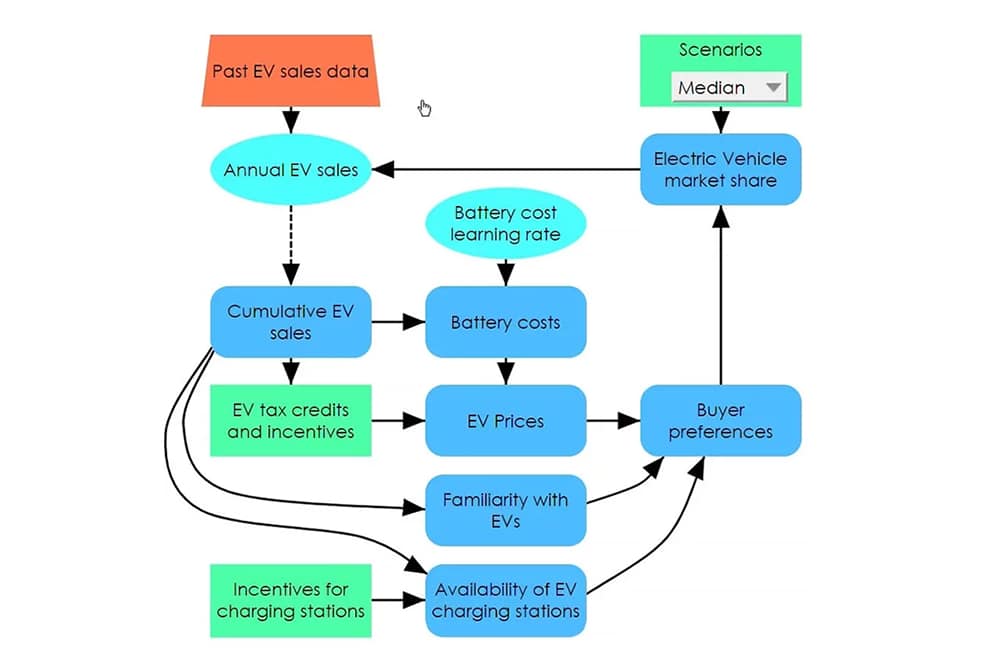
Productivity: making modeling fast & fun
As analysts and modelers we often find ourselves spending too much of our lives wrangling spreadsheets or debugging code in Python or R and similar languages. Analytica users tell us they can build models much more quickly and collaboratively. The time saved is time you can use to engage with your clients, first to help them clarify their needs, and then to appreciate the insights from the model.
With Analytica, you start structuring the problem to clarify objectives, decisions, and uncertainties using easy-to-understand influence diagrams. Unlike spreadsheet cells or lines of code, your colleagues and clients will find these diagrams intuitive. Developing a shared understanding makes the consulting process more far more effective and rewarding for you and your clients.
“I estimate that the time I spend writing Analytica models is one quarter to one half of that devoted to similarly complex spreadsheets”

Robert Brown
Software Review, ORMS Today
Acceleration: why is modeling faster?
Analytica has three key features that help you move more rapidly from concept to implementation.
- Influence diagrams help you to structure models visually and identify decisions, objectives, and uncertainties.
- Intelligent Arrays let you refine the details and add dimensions easily—tasks that require painful surgery in spreadsheets and coding languages.
- Its flow architecture lets you define each variable without worrying about side effects. It manages the flow of control for consistency and efficiency—relieving you of having to think about these complexities and the bugs that frequently arise when coding in VBA, R, Python, and other conventional languages.



“The number one value of Analytica is intelligent arrays and visual influence diagrams. I can do the same thing in Analytica that would take me 10 times longer in Excel.”

Cory Welch
Principal, Resource Innovations.

Collaboration: engaging with your clients
Your effectiveness as an analyst is based in large part on your relationship with the decision makers and stakeholders. Closer engagement leads to improved client buy-in and more confident decisions. Modeling in Analytica encourages faster iteration with your clients. First to clarify their decision options and objectives; then to get their comments on initial results to see where the model needs refinement; and finally to understand the insights and reasons for the recommended decisions.
“We like to bring a visual model and data to show senior execs, and do on-the-spot exploration. Within Analytica, we can show results graphically to top decision makers and answer their what-ifs there and then.”

E. Marbach
Director of Operational Analysis, Rexam Corporation, London
Refinement: agile modeling
Analytica’s agile process delivers results and insights far more rapidly than with conventional tools. You start by creating a simple prototype model of the key elements of the problem. Sensitivity analysis shows you and your clients which assumptions have the most effect on the results. Based on this early feedback, you can focus on those areas where it’s most worthwhile to gather more data or expand the model. Intelligent arrays and flow architecture make it easy to add new dimensions and modify the structure. This agile process helps you and your clients build a shared understanding and focused model that leads to informed and confident decision making.

“Our development process iteratively refined each module to find the most appropriate level of detail or aggregation. We had the flexibility of changing array dimensions without requiring rewrites of the model structure.”

Cary Bloyd
Principal Investigator, Battelle Pacific Northwest Lab.

Satisfaction: make modeling fun again
Remember how much fun it was when, perhaps as a student, you first got the hang of building computer models—to structure an interesting problem and find new insights? But now as professional analysts, it sometimes feels like a grind to get our models working properly. Analytica users find that its visual influence diagrams, interactivity, and speed help them regain that visceral satisfaction. When a client asks “What about x?”, we can often add x on the spot and show them how it affects the results. It enables a collaborative style that is much more productive and rewarding for both client and consultant.
“The time savings offered by Analytica relative to Excel was tremendous”

David Miller
Ethree Consulting, San Francisco, California.





